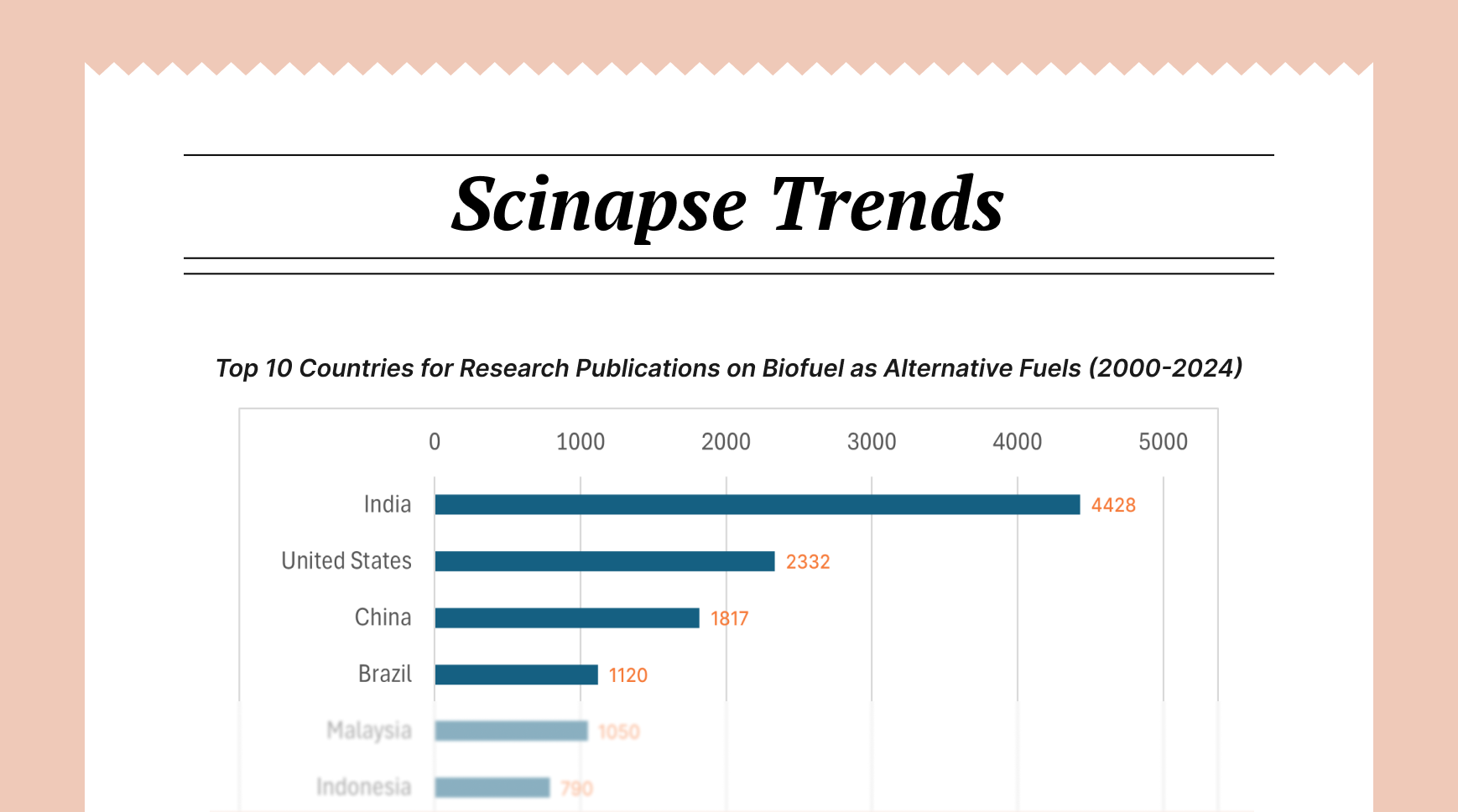How to Conduct a Meta-Analysis as Part of Your Literature Review

A meta-analysis represents one of the most significant tools for researchers when constructing a comprehensive literature review. By statistically combining results from multiple studies, meta-analysis offers a quantitative approach to synthesizing research findings that can significantly strengthen your conclusions. This methodical approach transforms your literature review from a narrative summary into a rigorous scientific analysis with enhanced validity and impact.

Understanding Meta-Analysis in the Context of Literature Reviews
A meta-analysis goes beyond traditional literature review methods by applying statistical techniques to aggregate findings across studies. While a standard literature review summarizes and discusses existing research qualitatively, a meta-analysis adds quantitative precision by:
- Calculating overall effect sizes across multiple studies
- Providing statistical significance for combined results
- Identifying moderator variables that influence outcomes
- Quantifying heterogeneity among research findings
- Offering more objective conclusions backed by statistical power
Incorporating meta-analysis into your literature review elevates your research by generating more reliable and generalizable insights than any single study could provide.
When to Consider Conducting a Meta-Analysis for Literature Review
Not all literature reviews require meta-analysis. Consider this approach when:
- Your research question involves determining the overall magnitude of an effect
- Sufficient quantitative studies exist on your topic with comparable methodologies
- Studies show conflicting results that might benefit from statistical reconciliation
- You need to examine whether effects vary across different populations or conditions
- Your field values evidence-based conclusions with statistical support
Meta-analysis is particularly valuable in fields like healthcare, psychology, education, and social sciences, where intervention effects need precise measurement.
10-Step Guide to Conducting a Meta-Analysis
1. Formulate a Clear Research Question
Begin with a focused, answerable question that defines:
- The specific population of interest
- The intervention or exposure being studied
- The comparison group or condition
- The outcomes you're measuring
- The study designs you'll include
For example: "What is the effect of mindfulness meditation (intervention) compared to no treatment (comparison) on anxiety symptoms (outcome) among college students (population) as measured in randomized controlled trials (study design)?"
2. Develop a Comprehensive Search Strategy
Create a systematic search protocol that includes:
- Multiple databases relevant to your field (PubMed, PsycINFO, ERIC, Web of Science)
- Precise search terms with Boolean operators
- Inclusion of gray literature sources (dissertations, conference proceedings)
- Hand-searching reference lists of identified studies
- Consultation with subject librarians for optimizing search parameters
Document this strategy thoroughly—reproducibility is a hallmark of quality meta-analysis within a literature review.
3. Establish Clear Inclusion and Exclusion Criteria
Define parameters for study selection:
- Period (e.g., studies published after 2010)
- Methodological quality thresholds
- Required statistical information (means, standard deviations, sample sizes)
- Specific measurement tools or outcomes
- Language restrictions (if any)
- Minimum sample size requirements
These criteria help ensure that the studies you combine are sufficiently comparable and meet quality standards.
4. Screen and Select Studies Systematically
Implement a multi-stage screening process:
- Initial title and abstract screening
- Full-text review of promising studies
- Independent screening by multiple reviewers when possible
- Documentation of reasons for exclusion
- Creation of a PRISMA flow diagram to visualize the selection process
Track all decisions to maintain transparency about which studies were included or excluded and why.
the
Develop a comprehensive data extraction form that captures:
- Study characteristics (authors, publication year, location, design)
- Sample information (size, demographics, recruitment methods)
- Intervention details (type, duration, intensity)
- Outcome measures (instruments, time points)
- Results (means, standard deviations, effect sizes, confidence intervals)
- Quality assessment indicators
Use double data extraction when resources permit to minimize errors.
6. Assess Study Quality and Risk of Bias
Evaluate each study using established tools appropriate for your field:
- Cochrane Risk of Bias Tool for randomized trials
- Newcastle-Ottawa Scale for observational studies
- CASP checklists for different study designs
- Jadad Scale for reporting quality
This assessment will inform your interpretation and may be used in sensitivity analyses.
7. Select an Appropriate Meta-Analytic Model
Choose between fixed-effect and random-effects models:
- Fixed-effect models assume all studies share a common true effect size
- Random-effects models accommodate heterogeneity by assuming effect sizes follow a distribution
The random-effects model is often more appropriate in social sciences and medical research due to inevitable methodological and sample variations across studies.
8. Calculate Effect Sizes and Conduct Statistical Analysis
Convert study findings to a common metric:
- Standardized mean difference (Cohen's d, Hedges' g) for continuous outcomes
- Odds ratios or risk ratios for dichotomous outcomes
- Correlation coefficients for relationship studies
Use meta-analysis software like Comprehensive Meta-Analysis, RevMan, or metafor package in R to:
- Calculate weighted average effect sizes
- Generate forest plots to visualize results
- Test for heterogeneity using I² and Q statistics
- Conduct subgroup analyses for potential moderators
- Perform sensitivity analyses to test the robustness of findings
9. Assess Publication Bias
Evaluate whether your literature review might be skewed by publication bias:
- Create funnel plots to visualize asymmetry
- Conduct Egger's test or Begg's test for statistical assessment
- Consider trim-and-fill procedures to estimate adjusted effect sizes
- Implement fail-safe N calculations to determine result robustness
This critical step ensures your meta-analysis acknowledges potential limitations in the available literature.
10. Interpret and Report Results
Integrate your meta-analytic findings into your literature review:
- Present overall effect sizes with confidence intervals
- Discuss heterogeneity among studies and potential explanations
- Highlight moderator variables that influence effects
- Address limitations in the available research
- Conclude the state of evidence
- Identify gaps for future research
Follow reporting guidelines like PRISMA (Preferred Reporting Items for Systematic Reviews and Meta-Analyses) to ensure comprehensive documentation.
Common Challenges and Solutions for Conducting Meta-analysis in Literature Review
Handling Heterogeneity
When studies show significant variation in results:
- Report heterogeneity statistics transparently
- Conduct subgroup analyses to identify sources of variation
- Consider meta-regression to examine continuous moderators
- Use random-effects models to accommodate diversity
Dealing with Missing Data
When studies don't report all necessary statistics:
- Contact study authors for additional information
- Use validated methods to impute or estimate missing values
- Apply transformation formulas to convert between statistical formats
- Document all decisions about handling missing data
Integrating Qualitative Context
To maintain the narrative strength of your literature review:
- Present meta-analytic results within the broader context of your field
- Include qualitative discussion of key studies alongside statistical findings
- Address the theoretical implications of quantitative results
- Combine statistical precision with conceptual depth
Incorporating meta-analysis into your literature review represents a significant investment of time and methodological rigor, but the rewards are substantial. A well-executed meta-analysis provides authoritative evidence by systematically combining existing research, offering clarity where individual studies might conflict, and generating insights that extend beyond any single investigation.
This approach transforms your literature review from a descriptive summary into a powerful analytical tool that advances understanding in your field. By following the structured process outlined above, you can conduct a meta-analysis that stands up to scrutiny and makes a meaningful contribution to your research area.
Author: Uttkarsha B
- AI-Ethicist and STM Research & Publishing Expert
Never re-search again.
Scinapse is made by researchers for researchers.
Join the next generation of research at ⏯️ https://scinapse.io/
Pluto Labs
Pluto Labs helps researchers focus on their research by improving several inefficiencies in the academic research process. We offer data-driven insights from academic papers, allowing users to easily obtain review-level results for their desired range of papers.
https://pluto.im/





Comments ()